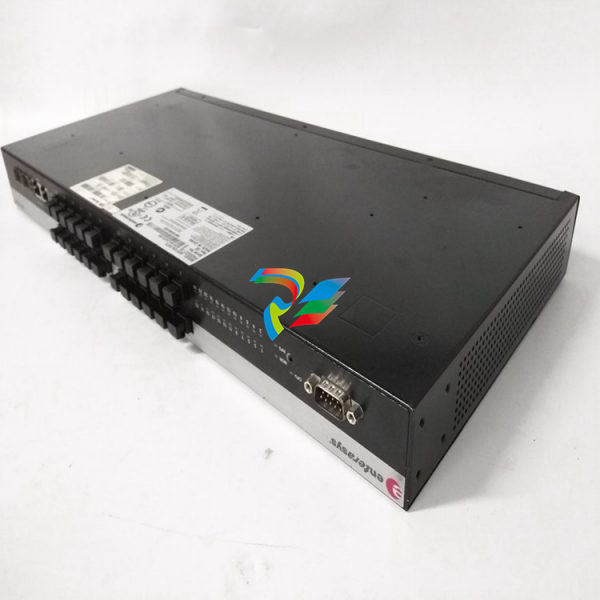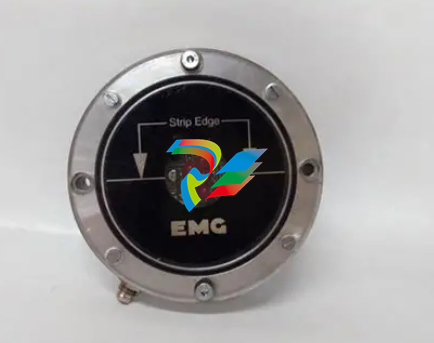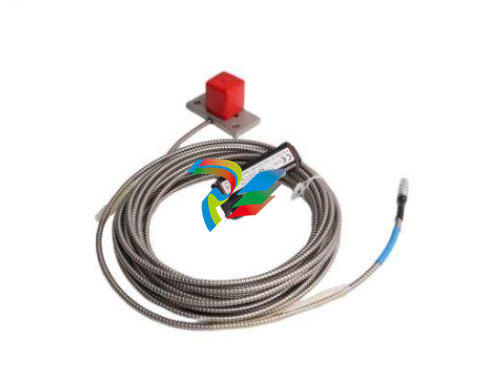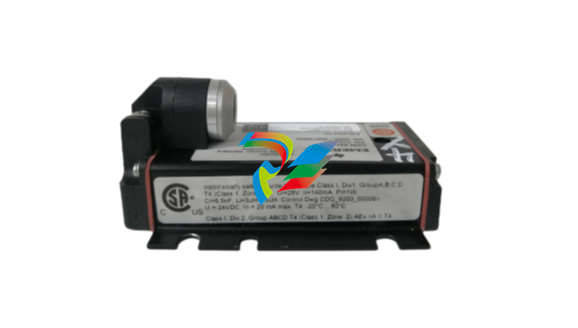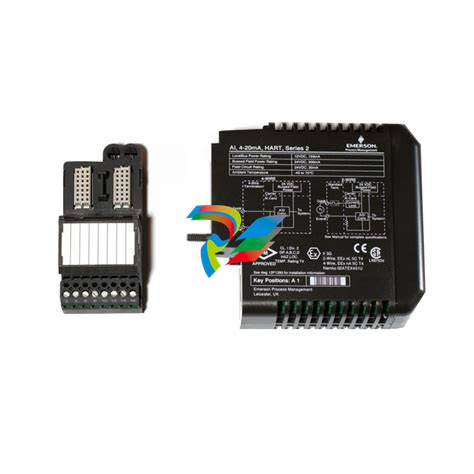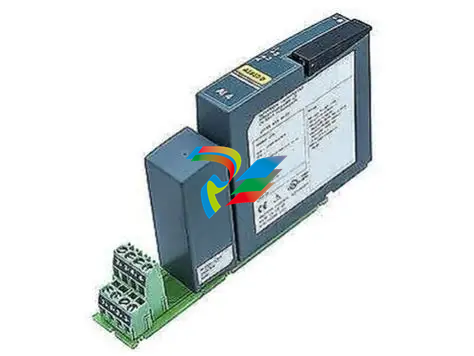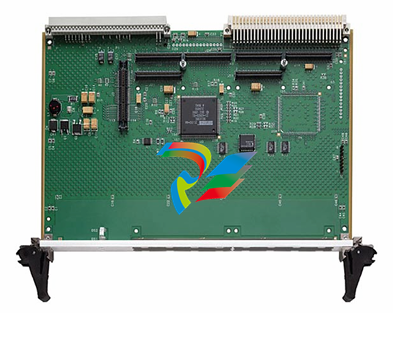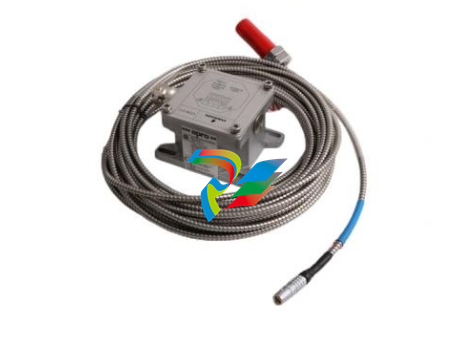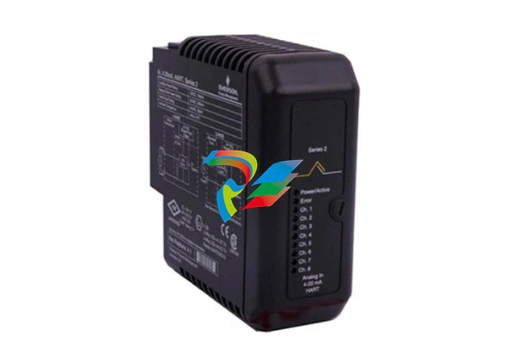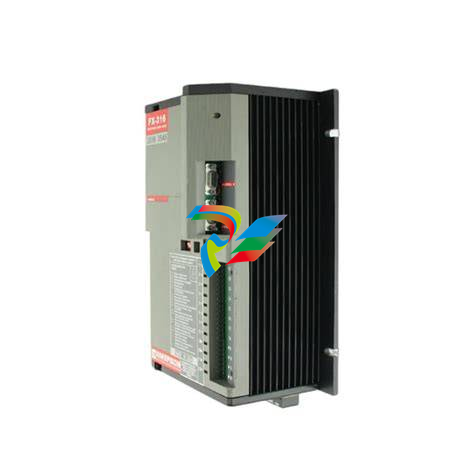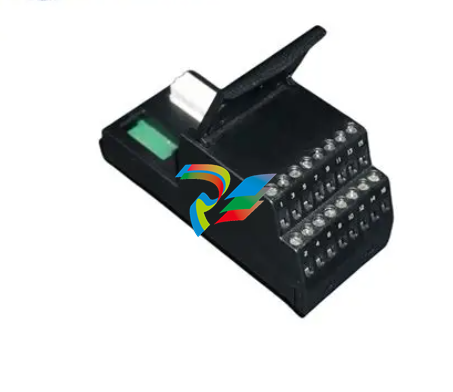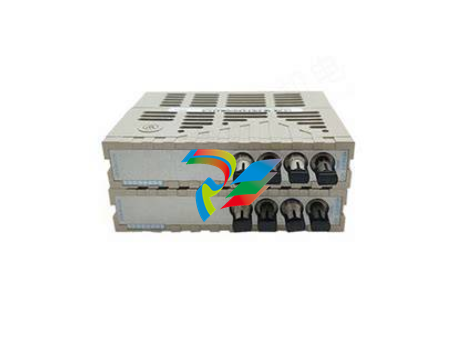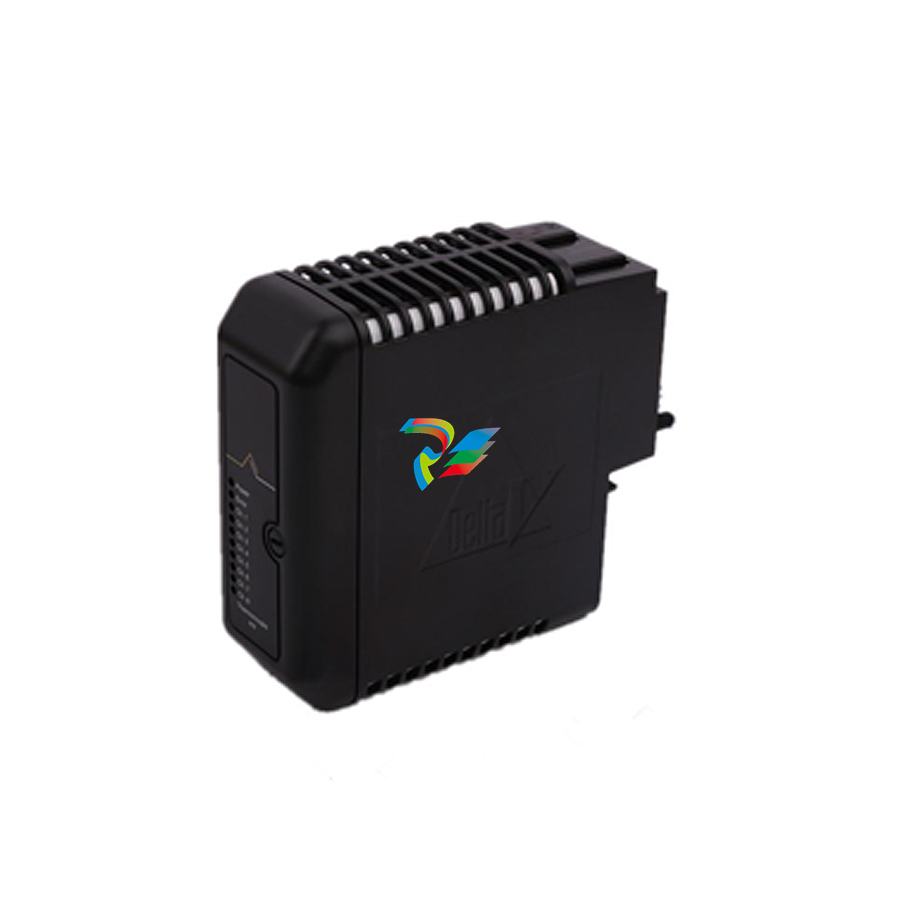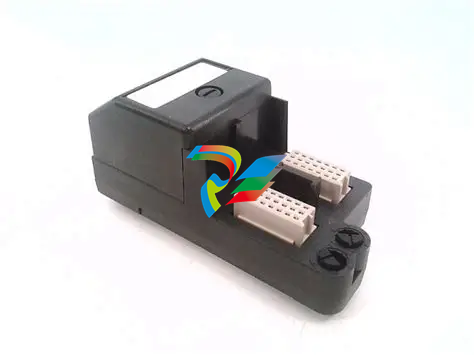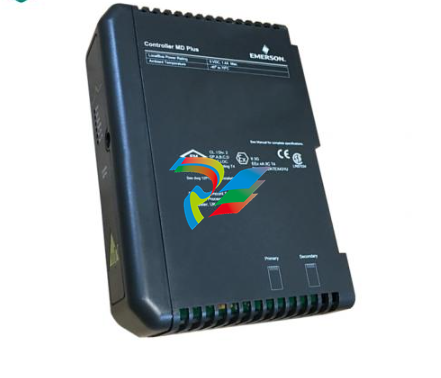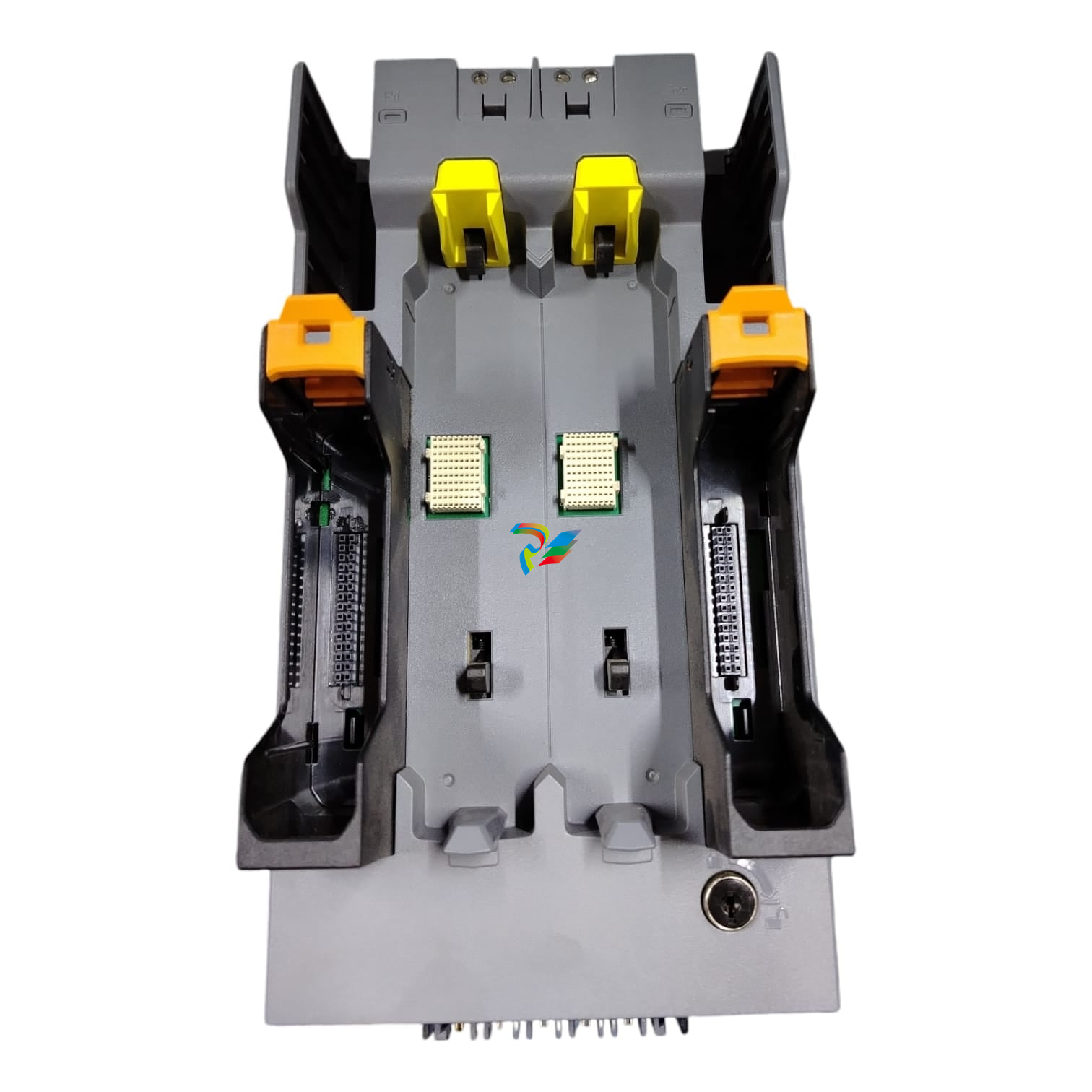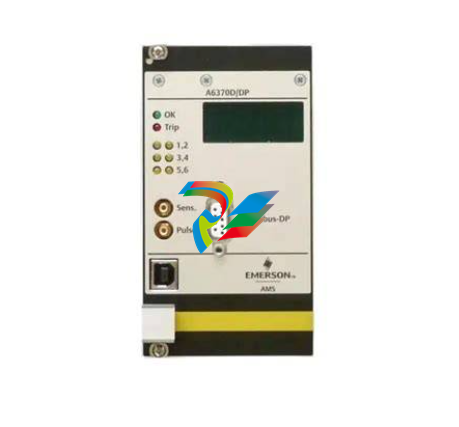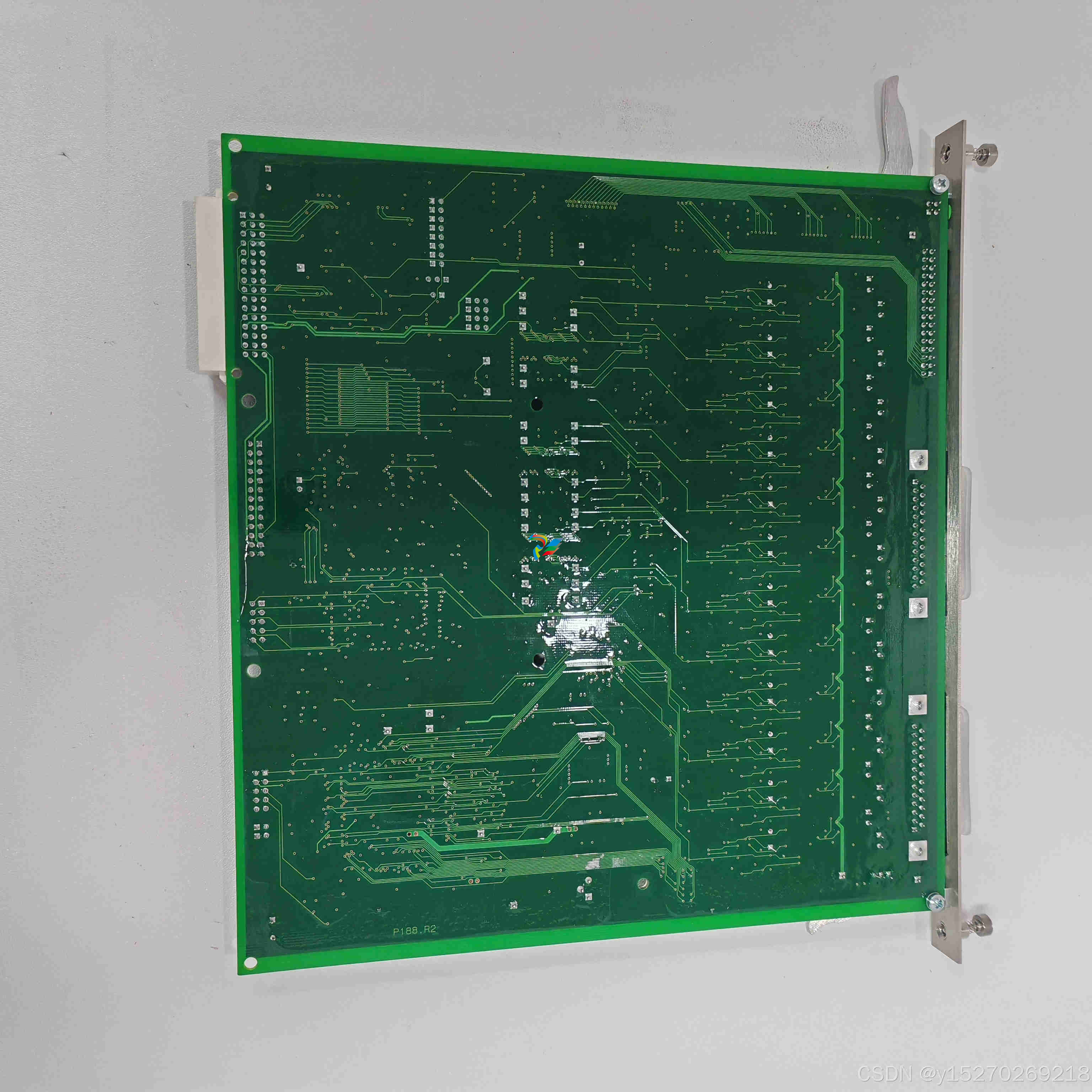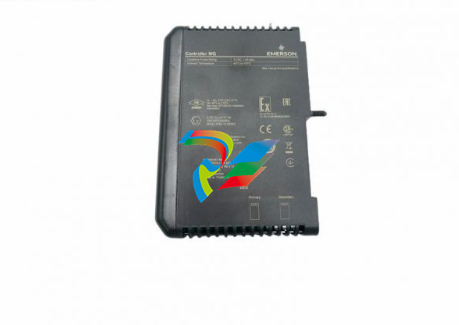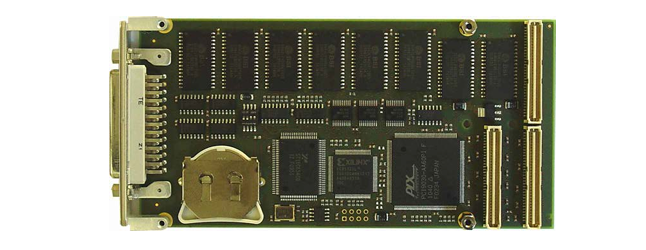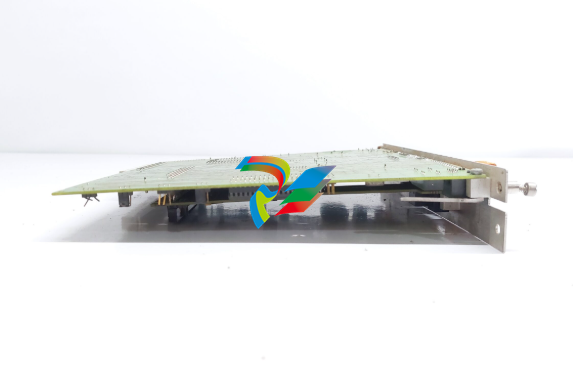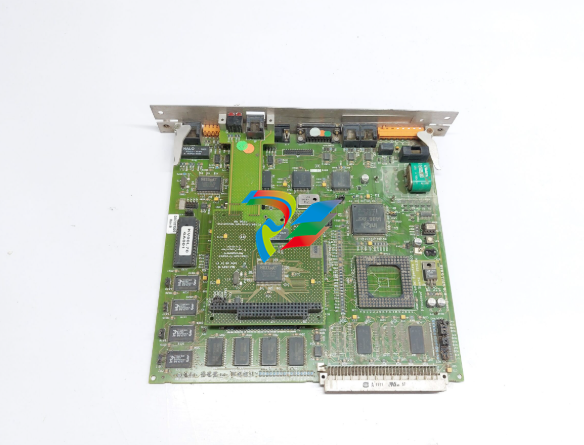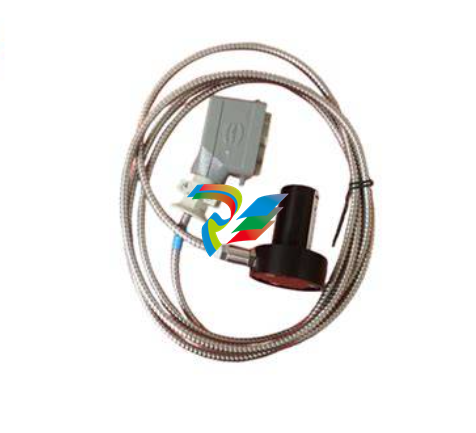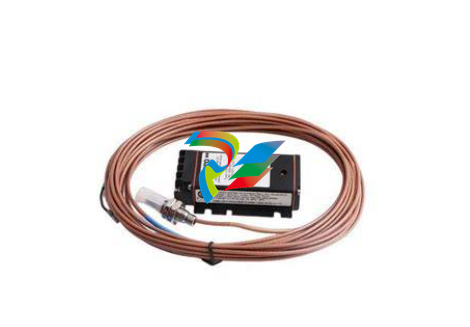
ABBAdvance Optima Continuous gas analyzers AO2000
Description Application Information from the AO2000 gas analyzer can be transferred to a PC or DCS via the Modbus. Measurement values, status signals and also signals of analog and digital inputs and outputs are thus available for further usage. Using the AO-MDDE server the signals can be integrated into standard software (e.g. Excel, Visual Basic or LabVIEW). For further information, see Chapter 4 “AO-MDDE server and demo programs”, page 3535. AO-MDDE can be downloaded from the DVD-ROM which is delivered together with each gas analyzer. AO-MDDE does not support Modbus over TCP/IP. Basic documents
Modbus Application Protocol Specification V1.1b, December 28, 2006
Modbus over Serial Line Specification and Implementation Guide V1.02, December 20, 2006
Modbus Messaging on TCP/IP Implementation Guide V1.0b, October 24, 2006 These documents are available at http://www.modbus.org/specs.php. Interfaces and connection versions The RS232 and the RS485 interface located on the RS232/RS485 module in AO2000 are supported, where only one can be operated at a time. Connection versions are described in Chapter 3 “Modbus connection”, page 30. As an alternative, the Ethernet 10/100BASE-T interface can be used for data transmission via Modbus TCP/IP protocol (from software version 5.1, see page 7).
Data transfer For data transfer a combination of frames is used, that consists of 1/0 information, united to one or more telegrams. Frame The transfer values are decomposed in bytes (= 8 bit). Each of these bytes is completed by one start-bit, possibly one parity-bit (even number of “1”) and one stop-bit. In the following description the term “byte” will be used, even if ten or eleven bits will be transferred including the start-, stop- and parity-bits. Telegrams The Modbus telegrams consist of the following frames: address (1 byte), function (1 byte), data (n bytes) and check sum (2 bytes). The telegrams also take on the “shake-hands-function”: each telegram from master to slave must be responded, before a new telegram is allowed to be transmitted. The computer has to have in a adequate supervision, for excluding non answering bus participants (time-out-supervision). Admissible addresses As addresses for the participants of the bus the numbers 1 to 255 are admitted. The address 0 is the global address (broadcast-address). When this address will be used in a telegram, all participants accept this telegram without an acknowledgment to the master.
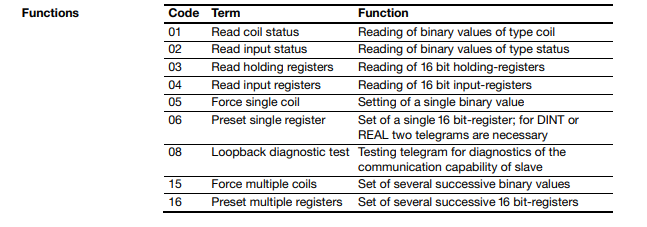
Integration The AO2000 Modbus/TCP server expects requests from the current IP addresses via the communication port. A maximum of 4 clients can be connected to the Modbus/TCP server of an AO2000 at the same time. If the connection to a client breaks down, the connection status in the Modbus/TCP server is enabled again after a max. 60 seconds. Reading out data from the AO2000 Modbus/TCP server The following procedure must be executed on the Modbus client, in order to receive data from the AO2000 Modbus/TCP server: 1. Establish a TCP connection to port 502 on the server. 2. Create a Modbus request. 3. Send the Modbus request incl. the Modbus/TCP MBAP Header. 4. Wait for a response to the same TCP connection. 5. Read the first 6 bytes of the response; these state the length of the response. 6. Read the remaining bytes of the response. Functions, addresses and registers The supported functions and the addresses and registers of Modbus over TCP/IP are equivalent to those of Modbus over RS232/RS485
Function code Function code 43 with MEI 14 (MEI = Modbus Encapsulated Interface) is used to read the device parameters to read measured values, transfer simulation data, apply reference material. Address assignment of the device parameters for the function code 43 There is read access to the device parameters. Measurement components are mapped with the following structure: Name Measurement range start Measurement range end Unit The number of the first measured values register is listed under BasisM in the device parameters list. The measured value status is implemented as NAMUR status: Bit Assignmant 0 Error 1 Maintenance 2 Maintenance request 3 Beyond specification 4 Test operation, simulation measured value transmitted 5…15 Reserved for extensions 16…31 Vendor-specific The number of the first simulation data register is listed under BasisS in the device parameters list. The number of the register to apply reference material is listed under BasisR in the device parameters list. Maximum 32 Bus DIs are reserved for transferring reference material. The register "status of application" is used for feedback of the DIs for which a hardware digital output is connected. When reference material is applied, the status "maintenance" is set and a message is displayed on the gas analyzer's screen
Principle The AO2000 series gas analyzers are modular and very flexible. A gas analyzer can consist of one or more analyzer modules which in itself can measure one or more components. It is also possible to connect different kinds of I/O-modules and I/O-boards to a device. For this reason the Modbus addressing schema is not static. Data format There are six flexible groups, four configurable groups and two fixed length groups of information defined in a AO2000 gas analyzer. The grouped information can be read through “Single Modbus Request”. Flexible groups The flexible groups are: Measurement values (see page 12) Analog inputs (see page 12) Analog outputs (see page 13) Digital inputs (see page 13) Digital outputs (see page 14) Measurement range feedback (see page 17) Measurement range configuration (see page 18) Measurement range drift values (see page 19) QAL3 calibration data (see page 21) Each flexible group has a fixed start address and, depending on the system layout, a variable number of elements. Configurable groups The configurable groups are: Bus analog inputs (see page 14) Bus analog outputs (see page 15) Bus digital inputs (see page 15) Bus digital outputs (see page 15) Each configurable group has a fixed start address and, depending on the user configuration, a variable number of elements. Fixed length groups The fixed length groups are: Configuration display (see page 16) Status (see page 16)

